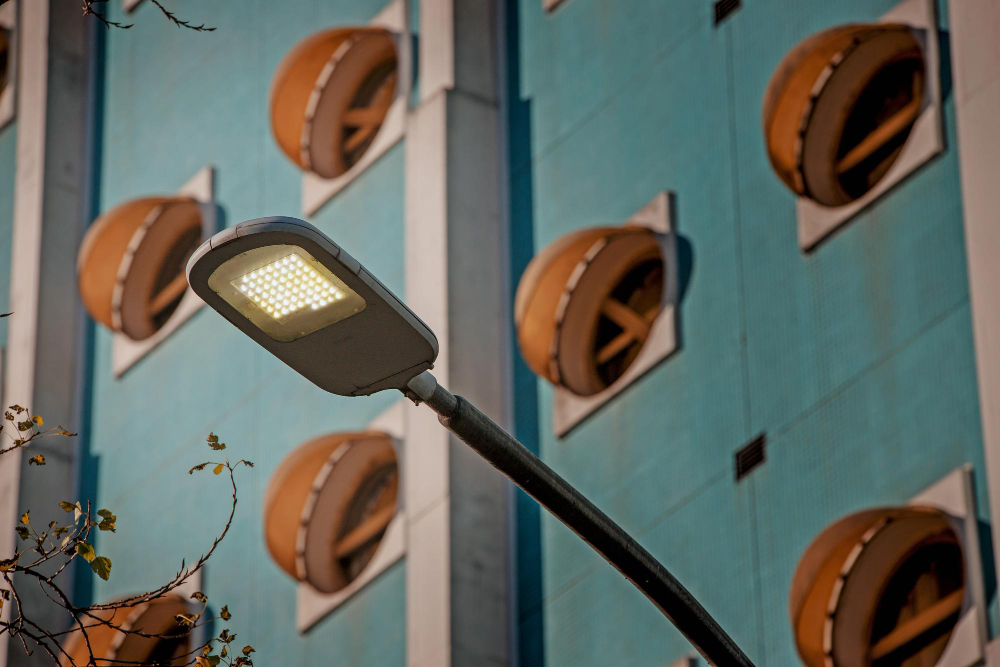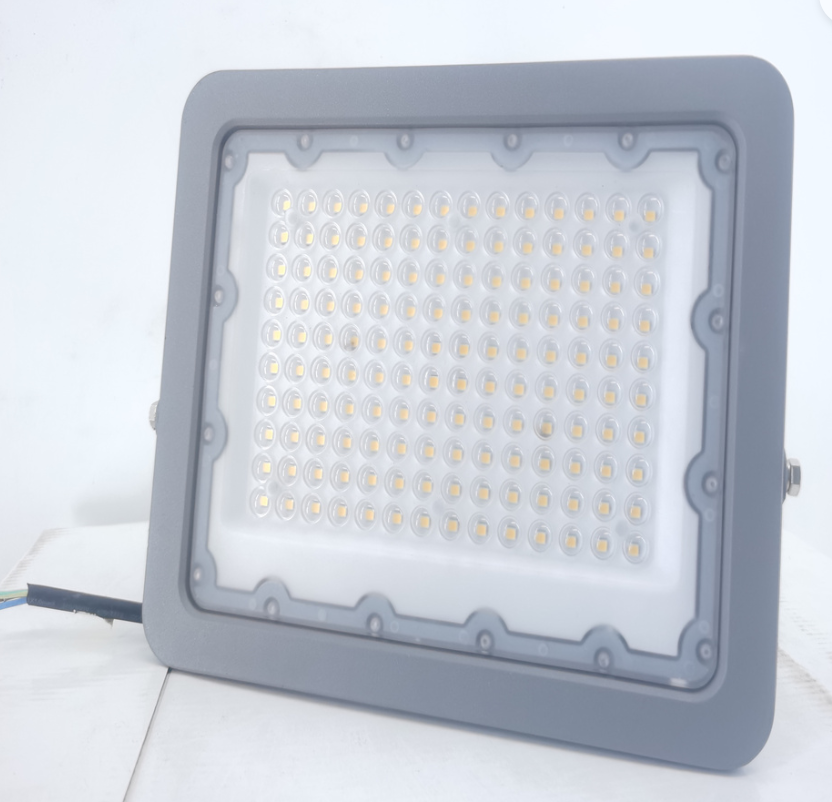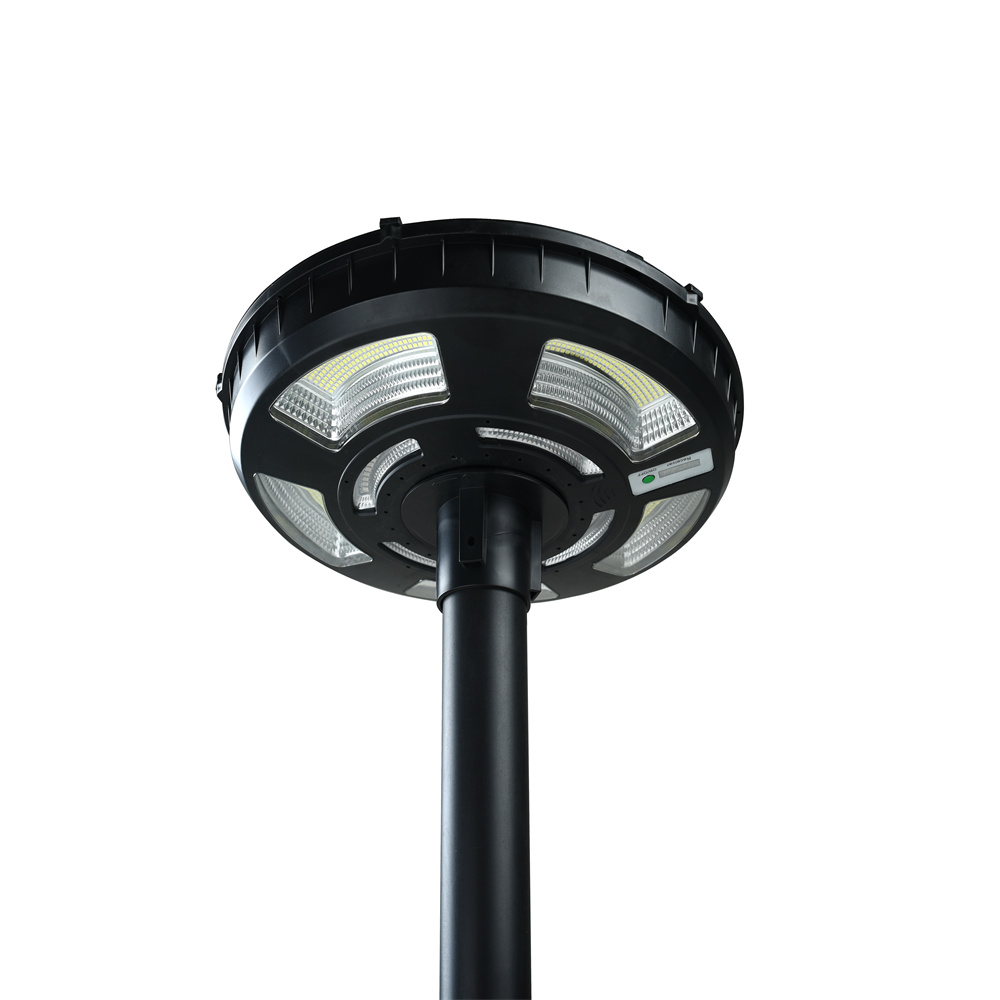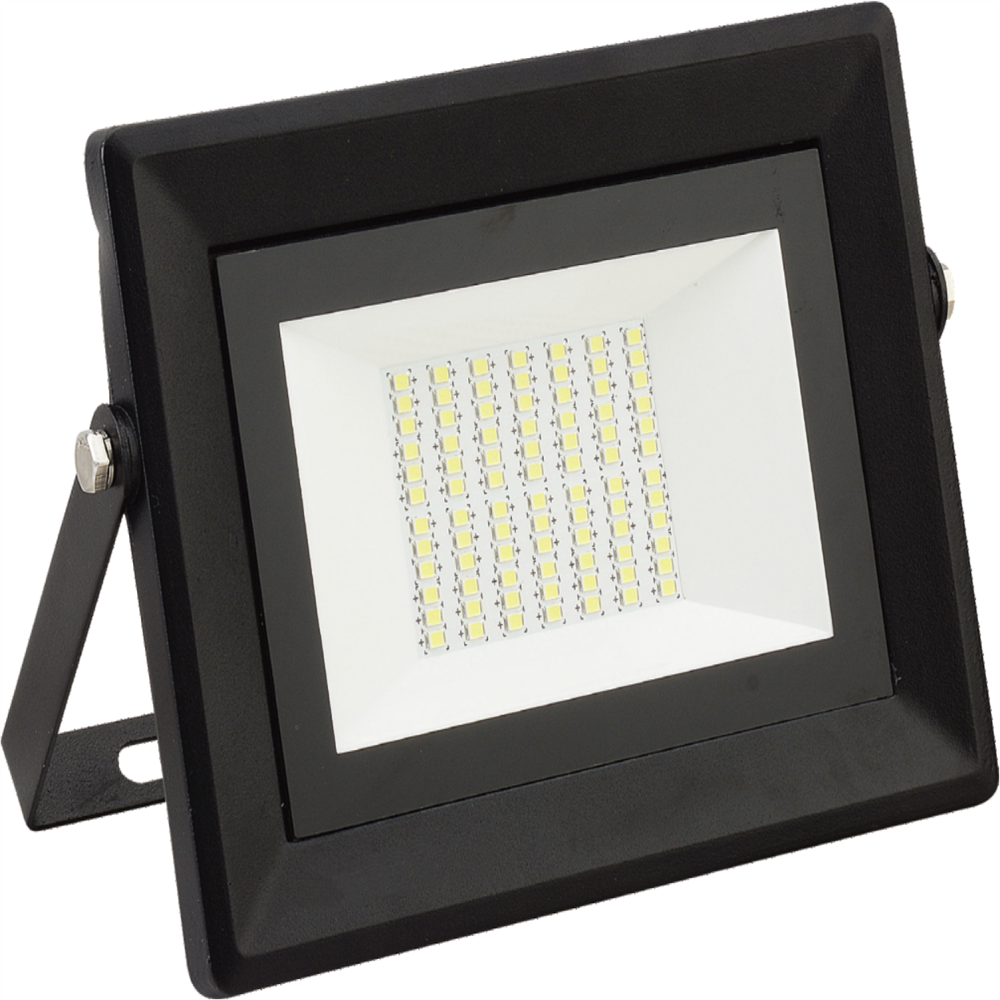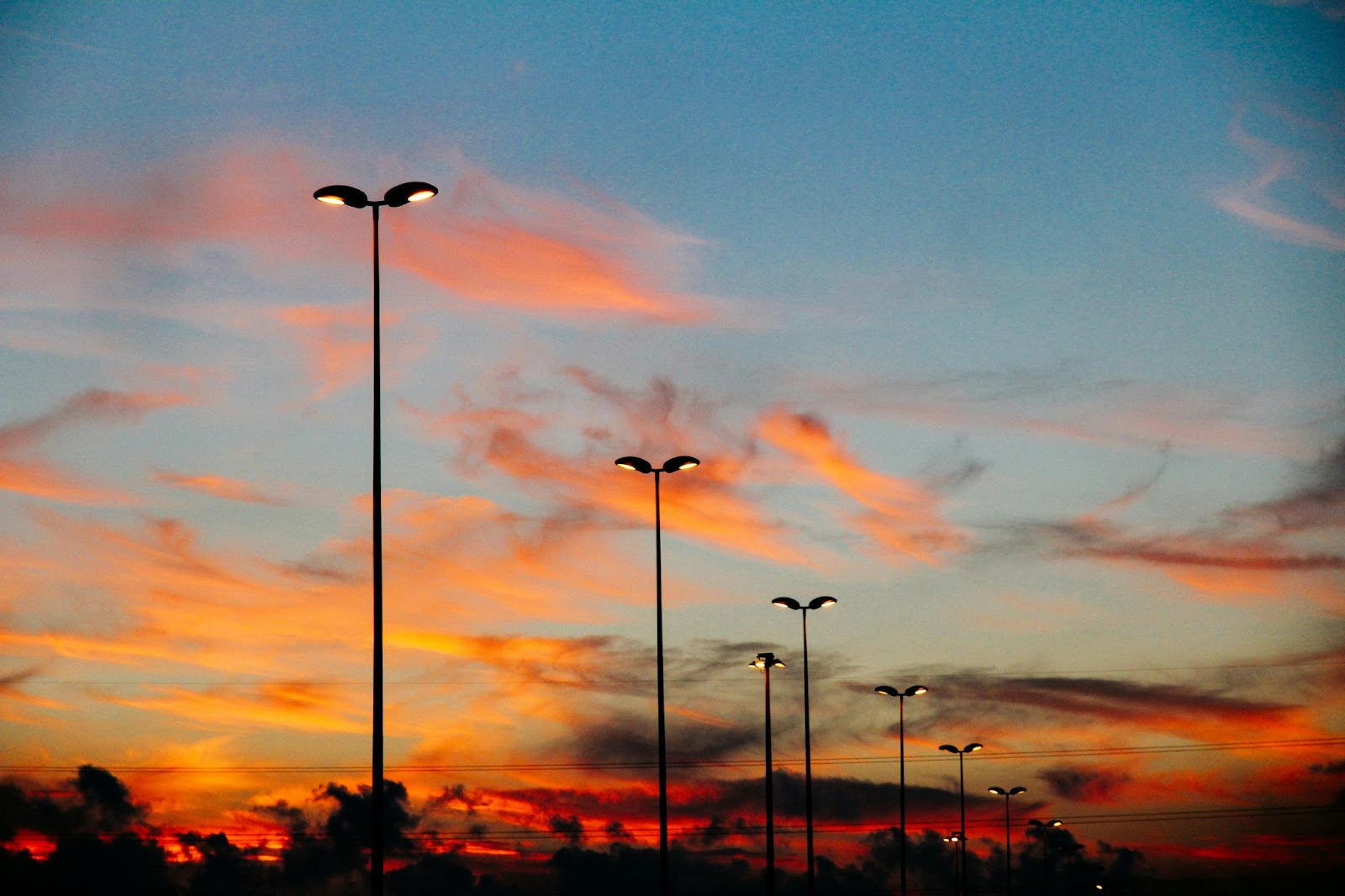The brilliant illumination of a sports stadium allows games to proceed even on the darkest nights. Powerful stadium lights and field lighting systems provide the visibility and safety needed for players, coaches and fans. Traditionally, these lighting systems used high-intensity metal halide or high-pressure sodium bulbs. But today, many facilities are upgrading to advanced LED sports lighting for […]
The brilliant illumination of a sports stadium allows games to proceed even on the darkest nights. Powerful stadium lights and field lighting systems provide the visibility and safety needed for players, coaches and fans. Traditionally, these lighting systems used high-intensity metal halide or high-pressure sodium bulbs. But today, many facilities are upgrading to advanced LED sports lighting for the many benefits this technology provides.
LED Sport Lighting – Key Benefits
Here are a few reasons why LED sport lights are a preferred choice:
1. Energy Efficiency
One of the biggest perks of LED stadium lights is dramatically improved energy efficiency. State-of-the-art LEDs use significantly less electricity than traditional bulbs to deliver the same light output. By switching to LED sports lighting, facilities can reduce energy consumption by 80% or more. This yields big cost savings on utilities over the long lifetime of the LEDs. Going green with energy-efficient stadium lighting also helps in meeting sustainability goals.
2. Long Lifespan
Another big advantage of LED arena lights is their exceptionally long lifespan. Quality LEDs will last for 100,000 hours or more before needing replacement. This is 2-3 times longer than metal halide or high-pressure sodium bulbs. The extended lifespan minimizes maintenance, repairs and bulb replacement costs over the years. Facilities can realize substantial long-term savings by switching from traditional field lighting to long-lasting LEDs.
3. Instant On/Off
LED sports lights turn on instantly to full brightness and turn off immediately when powered down. This instant-on performance is ideal for broadcasting as it eliminates the warm-up delay of older stadium bulbs. And LEDs avoid the restrike period typical of metal halide lights when power is interrupted. The quick on/off response of LED lighting systems improves visibility for athletes and fans.
4. Better Light Quality
The light spectrum produced by LED sports lighting closely matches daylight. This enhances visibility, depth perception and visual acuity compared to the orange-tinted light of traditional sodium and metal halide bulbs. Adjustable color temperature allows customizing the light for specific venues and TV broadcasts. And LEDs offer uniform lighting distribution without harsh shadows or glare. The overall excellent light quality of LED stadium lights creates an ideal environment for athletes and spectators.
5. Smart Lighting Control
Networked LED sports lights support intelligent remote monitoring, management and control. Operators can fine-tune light levels, create custom presets and receive real-time system feedback. Individual lights can be scheduled and dimmed as needed to support events or conserve energy. Smart lighting control unlocks the full potential of LED arena lighting for maximum efficiency and versatility.
Conclusion
By harnessing advanced solid-state LED technology, today’s stadiums and arenas can illuminate the playing field with brilliant, high-quality light while realizing massive energy savings. LED sports lighting delivers unmatched efficiency, reliability and functionality that redefines the arena of nighttime athletics. The powerful beams of LEDs are transforming stadiums across the globe and ensuring the games shine on.
Ready to revolutionize your lighting setup? Explore RRRlighting for the latest in LED sports lighting solutions and bring your arena to life like never before.





